Visual Rehab After Neurological Events: Seeing the World Through New Eyes – Michelle Mioduszewski
$200.00 Original price was: $200.00.$56.00Current price is: $56.00.
Proof of item:
dentifying Visual Challenges and How to Treat Them
How can you properly assess and make functional changes in the vision of a client who has experienced a neurological event, such as CVA or TBI? In six hours, you will explore vision and vision-related deficits that occur after such a tragedy and how to improve function and independence in your clients with the implementation of three crucial steps. First, perfect your evaluation techniques with interactive labs so that you can implement them the next day. Second, you gain new intervention strategies that include compensation and remedial-based treatments that focus on function and return to daily life. Best of all, most of these exceptional strategies will have minimal to no financial impact in the clinic. Lastly, your advocacy and care of these clients will be immensely enhanced by learning the documenting tips and tricks to justify insurance coverage. Walk away with new and ready-made tools – and a new lens – to accurately see and treat your clients.
- Review the basic concepts of vision rehabilitation and how to support the therapeutic intervention in documentation
- Demonstrate manual evaluation skills for ocular motor alignment and depth perception
- Describe interventions for ocular motor alignment and depth perception
- Demonstrate manual evaluation skills for visual field cut and hemi-spatial inattention
- Recommend interventions for visual field cut and hemi-spatial inattention
- Apply manual evaluation skills for mid-line shift syndrome
- List interventions for mid-line shift syndrome
VISION & VISION REHAB
- Terminology and concepts in vision and vision rehab
- Red flags
- Sequence of action
- What to do next
- When to refer
- Anatomy of the eye and brain in regard to perception and processing
DIAGNOSIS: VISUAL ACUITY & VISUAL FIXATION
- Evaluation and screening methods
- Treatment and compensation strategies
DIAGNOSIS: OCULAR MOTOR ALIGNMENT & DEPTH PERCEPTION
- Define the issues
- Evaluation and lab practice
- Treatment and compensation strategies
- Lab practice
- Case study: treatment planning for specific examples
DIAGNOSIS: VISUAL FIELD CUT & HEMI-SPATIAL NEGLECT
- Define the issues
- Differences between cut and neglect
- Why left neglect is more common than right
- Depth of daily impact on life of a client
- Evaluation and lab practice
- Confrontation Test
- Simultaneous Stimulus Test
- Pencil and paper screeners
- Treatment and compensation strategies
- Lab practice
- Case study: treatment planning for specific examples
DIAGNOSIS: PUSHER SYNDROME/MIDLINE ORIENTATION SHIFT
- Define the issues
- Evaluation and lab practice
- Treatment and compensation strategies
- Lab practice using NDT and NEURO-IFRAH (NDTC) principals
- Case study: treatment planning for specific examples
- Wheelchair and bed positioning to rehabilitate
DOCUMENTATION & ADVOCACY FOR COVERAGE
- Identify objective data to document and show improvement
- Developing goals to justify insurance coverage
Tag: “Visual Rehab After Neurological Events: Seeing the World Through New Eyes – Michelle Mioduszewski” Review. “Visual Rehab After Neurological Events: Seeing the World Through New Eyes – Michelle Mioduszewski” download. “Visual Rehab After Neurological Events: Seeing the World Through New Eyes – Michelle Mioduszewski” discount.
Q & A
Related products
Personal Development
Personal Development
Personal Development
Move into Life: The Nine Essentials for Lifelong Vitality – Anat Baniel
Personal Development
Personal Development
Personal Development
Personal Development
Personal Development


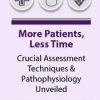
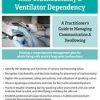
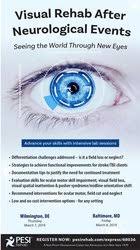




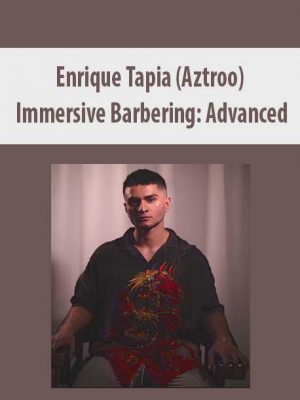
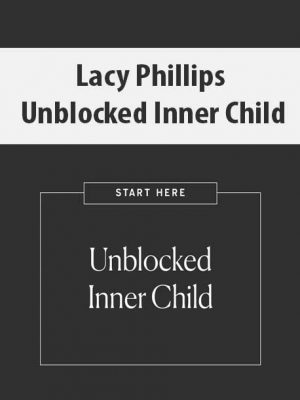
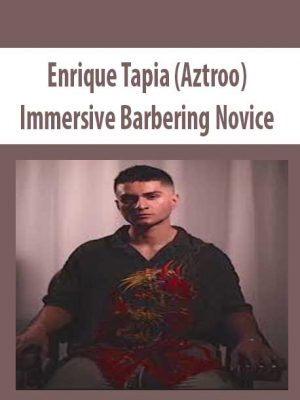


Reviews
There are no reviews yet